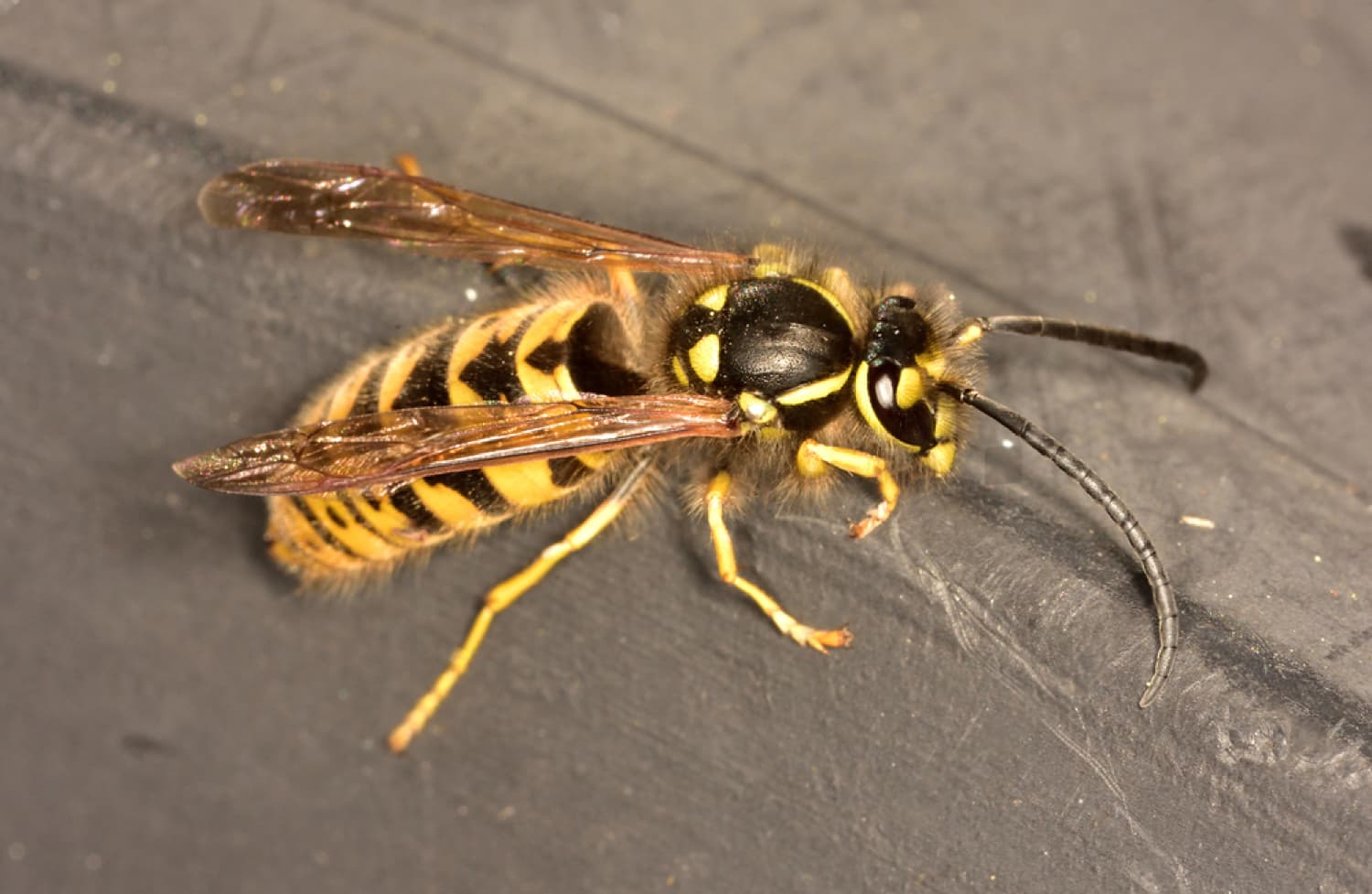Florida Yellow Jacket Identification

At The Other Bee Guy, we’re often called out to inspect what people believe are bees, only to find yellow jackets aggressively defending their underground nests. While we specialize in bee removal and relocation services, it's just as important to understand other stinging insects that commonly cause confusion and concern—especially the Florida yellow jacket.
Introduction to Florida’s Stinging Menace
Florida is home to a wide range of flying insects, but few spark as much fear or frustration as the yellow jacket. Often mistaken for honeybees, these aggressive wasps are known for their painful stings, territorial behavior, and tendency to nest in inconvenient—and sometimes hazardous—locations. As professionals committed to ethical and practical solutions, we believe education is the first step in avoiding unnecessary conflict with these insects.
What Is a Florida Yellow Jacket?
Yellow jackets in Florida are primarily species of the Vespula genus. Unlike honeybees, which are generally non-aggressive unless provoked, yellowjackets are quick to sting and can do so multiple times. They are typically black with vivid yellow bands and slightly shinier than bees, with a more defined waist.
These wasps are not pollinators. Instead, they’re scavengers that feed on sugary substances and proteins, which is why they’re often seen hovering around outdoor trash bins, barbecues, and picnic areas.
Common Nesting Sites in Florida
Florida yellow jackets build their nests in a variety of places, but they most commonly prefer:
- Underground burrows (often abandoned rodent holes)
- Wall voids and attics
- Beneath decks or in shrubs
- Tree hollows and rotting logs
During the warmer months, their colonies can proliferate, with a single nest housing thousands of aggressive individuals. The risk of accidental encounters increases as the colony grows, especially in residential areas.
Why Florida Yellow Jackets Are Dangerous
We always encourage respect for nature’s design, but yellow jackets are not to be underestimated. Their ability to sting repeatedly makes them a serious threat to children, pets, and individuals with allergies. Each sting can inject venom that causes pain, swelling, and, in severe cases, anaphylactic shock.
What makes yellow jackets especially dangerous is their highly defensive nature. Disturbing their nest, even accidentally—like mowing the lawn over a hidden ground nest—can trigger a swarm attack. Unlike our humble honey bees, which rarely attack unless provoked, yellow jackets respond with overwhelming force.
How to Avoid Yellow Jacket Stings
Our experience in bee hive relocation has taught us that prevention is the best protection. When it comes to yellow jackets, there are several ways you can avoid encounters:
- Be cautious when working near shrubs, soil mounds, or building structures
- Avoid leaving food, sugary drinks, or trash uncovered outdoors
- Wear closed-toe shoes and light-colored clothing when gardening or hiking
- Don’t swat at flying yellow jackets—they’ll interpret it as aggression
If you spot one or two yellow jackets in the same area repeatedly, it may be a sign that a nest is nearby.
What to Do If You’re Stung
If you do get stung by a yellow jacket, act quickly:
- Move away from the area immediately to avoid additional stings
- Wash the site with soap and water
- Apply ice to reduce swelling
- Take an antihistamine if needed
Seek medical attention if you experience symptoms like difficulty breathing, swelling of the throat or tongue, dizziness, or hives away from the sting site. These may indicate a severe allergic reaction.
Safe Nest Removal and Prevention Tips
As ethical bee professionals, we never exterminate honey bee colonies. However, when it comes to yellow jackets, the safety of your family is paramount. While some pest control companies use chemicals or traps, we advise against attempting to handle nests on your own.
If you’re unsure whether you’re dealing with bees or yellow jackets, contact professionals like us. We offer inspections and education through our Our Process page, providing safe and ethical options whenever possible.
If it's bees, we can remove and relocate them responsibly using nucleus hives to help preserve their colony. If it’s yellow jackets, we’ll refer you to trusted specialists who handle aggressive pests safely and legally.
Final Thoughts on Florida Yellow Jackets
Florida’s rich biodiversity encompasses a diverse array of creatures, including both beneficial and detrimental species. While yellow jackets may play a role in controlling certain pests, their presence near homes and public areas often leads to conflict. We believe in peaceful coexistence where possible—but also know when to step in to protect your family and community.
If you’re unsure whether you’ve seen bees or yellow jackets, let us help. Check out our reviews to see how we’ve helped others, or contact us today for a safe and informative inspection.